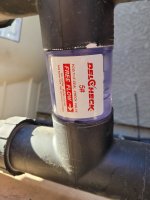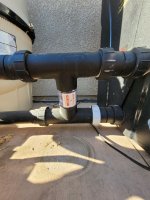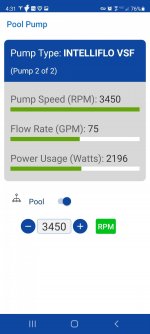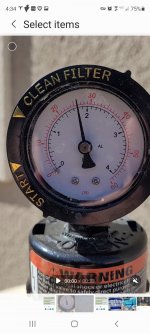- Jun 10, 2009
- 336
- Pool Size
- 24000
- Surface
- Plaster
- Chlorine
- Salt Water Generator
- SWG Type
- Pentair Intellichlor IC-40
Here it is. Aqual cal recommended this as they said anything flow above 70gpm will damage the heater. I don't plan on going to 70gpm but with priming and also if someone else ever works on it or owns it, it's protected. What do you think?M,
Show me a close up of the heater by-pass set up you have...
Thanks,
Jim R.





